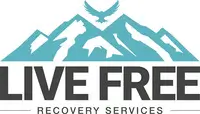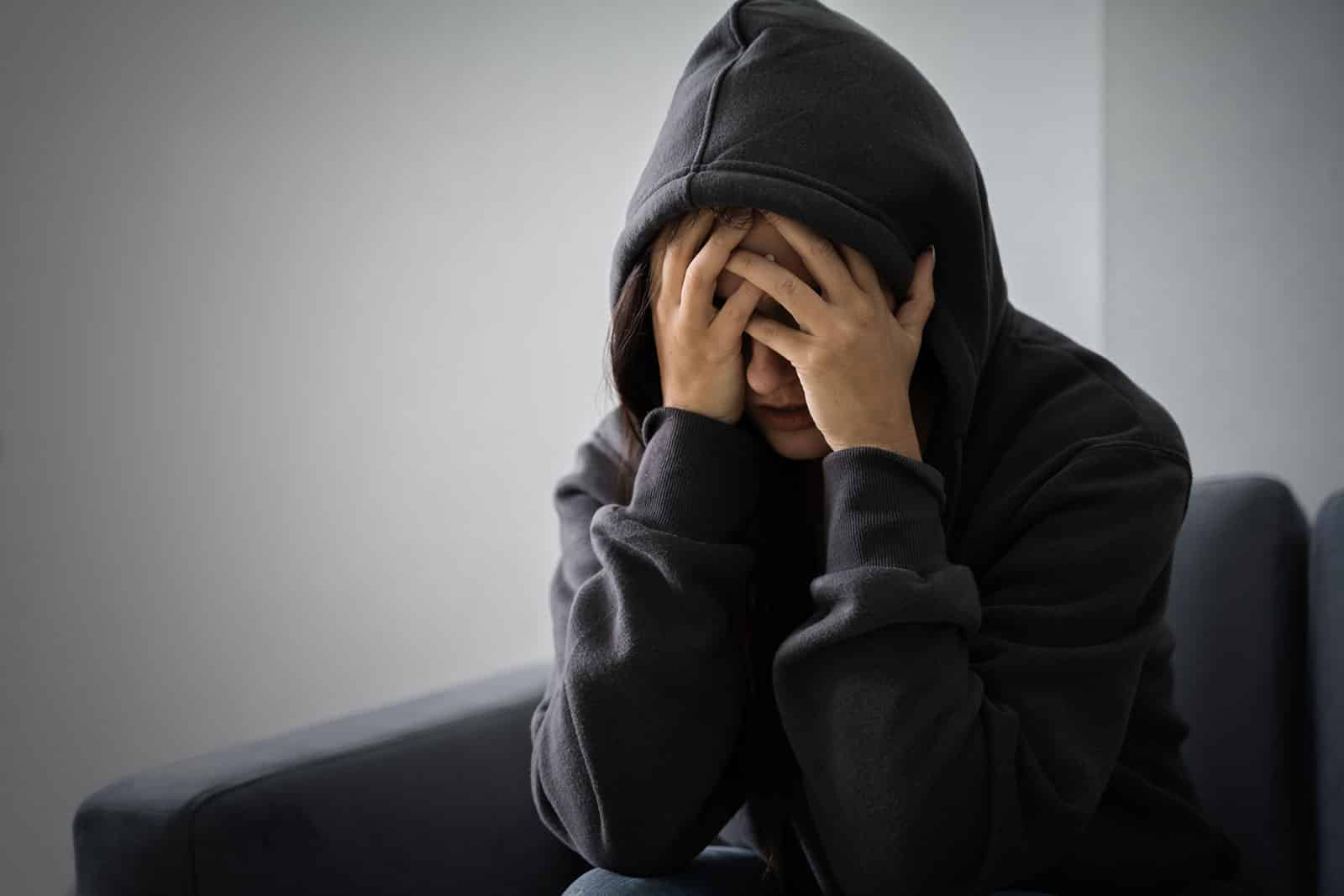Dopesick is a slang term for the symptoms of opiate withdrawal. Also stylized as ‘dope sick,’ it’s the particularly awful way that people with an opioid addiction begin to feel approximately six to 12 hours after their last dose. Opioid use disorder (OUD) is a growing crisis that has negatively affected individuals and their families. In 2021 alone, more than 10 million Americans misused opioids. Even worse, some of the people with OUD are as young as 12 years old. OUD is a growing crisis that has led to a significant increase in overdose deaths and negatively affected individuals and their families.
Feeling dopesick is the number one reason that OUD exists, and it can be traced to the 1990s. At that time, certain doctors and healthcare professionals over-prescribed prescription painkillers like oxycodone. When you combine this with substances such as fentanyl and heroin, you’re left with an entire generation suffering from OUD. Even if you don’t have OUD yourself, you’ve definitely known someone who has it, even if you’re unaware.
Rather than getting lost inside a never-ending cycle of feeling good to feeling dopesick, you can get help to make yourself feel better. Battle past your feelings of dopesickness, and you can find your old self on the other side.
What Does Dopesick Mean?
When you take an opioid, it attaches itself to your brain’s opioid receptors. As a result, your pain signals are blocked and your body releases dopamine. Instead, you’ll be flooded with pleasure and euphoria. Sadly, the length of time between necessary doses gets shorter and shorter, until you’re left frantically searching for more opioids. This cycle of opioid use to dependence doesn’t take long. Then, when you attempt to cut back, you’ll fall into a horrible withdrawal with feelings of anxiety, pain and diarrhea.
Continued drug use changes your brain. In time, your brain becomes destabilized when you’re unable to take opioids. This often brings on a feeling of intense desperation, and most people would do almost anything to feel better. Unfortunately, this exacerbates their OUD, and the negative cycle continues.
Common Withdrawal Symptoms of Being Dopesick
Dopesickness comes with a diverse list of physical and psychological symptoms. Going through this feels so bad that most people take opioids again and again in an attempt to satiate their body’s cravings.
Physical symptoms make people feel extremely ill. Unfortunately, there are six main categories of physical symptoms, which are enough to overcome the resolve of most individuals.
Intense Cravings for Opioids
Have you ever felt an intense craving for snack food? If so, you already know how difficult it can be to resist. Toss in OUD, and it becomes borderline impossible. Holding off these cravings might require medication-assisted treatment with methadone..
Sweating and Chills
Another disturbing side effect of dopesickness is a cold sweat with chills. Similar to the sensation of having influenza, this can incapacitate you and leave you confined to your bed.
Muscle and Joint Pain
Taking an opioid is supposed to get rid of your muscle and joint pain. However, research indicates that opioids don’t work any better than over the counter (OTC) pain medication. In fact, the main difference between opioids and OTC medication is that opioids can ultimately make your joint and muscle pain feel even worse.
Nausea, Vomiting and Diarrhea
Taking opioids on a regular basis often leads to gastrointestinal issues such as nausea, vomiting and diarrhea. Going into withdrawal worsens these symptoms. It’s such a common issue, in fact, that some people refer to these symptoms as ‘opioid-induced bowel dysfunction.’
Insomnia and Restlessness
Battling withdrawal is exactly where sleeping would be a benefit. Unfortunately, most people who are going through withdrawal are unable to sleep. As a consequence, insomnia will end up affecting your mood and making you feel drained of energy.
Rapid Heart Rate and High Blood Pressure
Taking opioids for too long puts you at risk for suffering a heart arrhythmia, or rapid heart rate. It can also cause your blood pressure to skyrocket, which might lead to a stroke.
As if battling all these physical symptoms wasn’t bad enough, you’ll also experience several psychological drawbacks:
- Anxiety and depression
- Irritability and mood swings
- Intense cravings leading to relapse risk
- Feelings of hopelessness and despair
The Dangers of Going Through Opioid Withdrawal Alone
There are many dangers involved in attempting to go through opioid withdrawal by yourself. First up, severe dehydration and electrolyte imbalances can negatively impact your kidneys. Having someone else, like a medical professional nearby is a good way to ensure you stay hydrated throughout the process.
Overwhelming cravings can make it seem impossible to get through the withdrawal process and come out the other side. It’s important you have someone you can rely on who will prevent you from taking more opioids. What makes this even worse are potentially life-threatening complications such as seizures or heart issues. Having a seizure while you’re alone could cause several complications, including death.
If you try to get through opioid withdrawal alone, your odds of success are very small. Once you realize this, you’ll be at a higher risk of self-harm. Even if you’re able to avoid these feelings, you still have the risk of overdosing if you relapse.
How Long Does Being Dopesick Last?
The duration of dopesickness, or opioid withdrawal, typically lasts around two weeks. If you can make it to the other side, you’ll have broken the hold that opioids had on you. Here’s what you should expect during the withdrawal process:
- Early withdrawal (6-12 hours): Feelings of anxiety, cravings, and muscle aches begin to set in.
- Peak withdrawal (24-72 hours): Severe physical symptoms such as vomiting, tremors, sweating, and diarrhea intensify.
- Late withdrawal (1-2 weeks): Physical symptoms subside, but emotional challenges like depression, anxiety, and lingering cravings may persist.
However, the timeline above serves as a general guideline. The severity and duration of withdrawal symptoms can vary significantly based on several factors, including the type of opioid used, length and frequency of use, and an individual’s overall health and metabolism.
Different opioids have different withdrawal timelines. For instance, heroin is a short-acting opioid, meaning withdrawal symptoms usually last between four to 10 days. On the other hand, long-acting opioids such as OxyContin (oxycodone) and hydrocodone can have longer-lasting withdrawal symptoms, sometimes extending for several weeks. The slow-release formulations of these medications result in a prolonged withdrawal period compared to short-acting opioids like heroin. Similarly, fentanyl, another potent long-acting opioid, has an acute withdrawal phase that typically lasts about a week, but post-acute withdrawal symptoms can persist for weeks or even months.
Understanding the type of opioid you’ve used is crucial for anticipating withdrawal symptoms and planning an effective recovery strategy. Seeking professional medical support can help manage symptoms and improve the likelihood of long-term recovery.
Treatment Options for Opioid Withdrawal
Live Free Recovery Services provides comprehensive treatment programs for drug addiction and substance abuse, specifically designed to support individuals struggling with opioid withdrawal. Our evidence-based programs offer the guidance and care needed to help you safely navigate the withdrawal process and take the first step toward long-term recovery. We are committed to helping you regain control of your life through our tailored withdrawal recovery programs, offering a path to freedom through action.
Medical Detox
Our medical detox program provides 24/7 supervision to manage your withdrawal symptoms safely. Medications will be utilized such as Suboxone, methadone or buprenorphine to help you avoid cravings and withdrawal symptoms.
Inpatient Treatment
Our comprehensive inpatient treatment option includes counseling, nutrition and holistic therapies (e.g., Group Therapy). We focus on providing a structured environment where you can focus solely on your recovery.
Outpatient Treatment
If you’re unable to commit to residential care, we offer flexible options to help you go through withdrawal. You can have access to therapy, medical support and peer recovery groups, even though you’re not able to stay full-time.
Dual Diagnosis Treatment
Our dual diagnosis treatment addresses underlying mental health issues such as depression or PTSD that contribute to addiction. That way, you won’t be as tempted to relapse.
The Importance of Seeking Professional Help
Attempting to self-detox at home puts you at a higher risk of relapsing, and perhaps even overdosing. Health complications are possible, as are increased struggles with your mental well-being.
Professional addiction treatment increases your chances of lasting recovery, plus you’ll have the necessary support for your mental and physical health. Furthermore, behavioral therapy and support groups position you for long-term success. You’ll gain critical social support and learn better coping skills.
Preventing Relapse After Detox
Preventing a relapse requires ongoing support and structured guidance from a dedicated treatment center through comprehensive aftercare programs. At Live Free Recovery Services, we play a crucial role in helping individuals build resilience against relapse by offering continuous support, counseling, and personalized strategies for maintaining sobriety.
Remember: The process of developing healthy coping mechanisms to manage triggers can take quite a while, but with the right support system in place, it’s more than worth it. Our team is here to provide the tools and encouragement needed for long-term recovery success.
Live Free Recovery Services provides continued care through:
- Alumni programs – Receive continued support and stay in touch with those who are also attempting to remain sober.
- Peer support groups – Gain support from your fellow peers through encouragement and compassion.
- Relapse prevention strategies – You don’t have to do it alone. Instead, our relapse prevention strategies help ensure you stay sober.
Break Free of the Opioid Cycle
Seeking professional addiction treatment for opioid withdrawal and recovery is not just the best way to take your life back—it’s a crucial step in overcoming the devastating opioid crisis that affects individuals, families, and communities. At Live Free Recovery Services, we understand the challenges of opioid addiction and provide the comprehensive support needed for successful detoxification and long-term sobriety. Through our many specialized programs and the dedication of our experienced staff, we empower individuals to break free from addiction and reclaim their health and well-being.
Are you ready to stop the opioid cycle? Contact Live Free Recovery Services today and take the first step toward a healthier, sober future.


